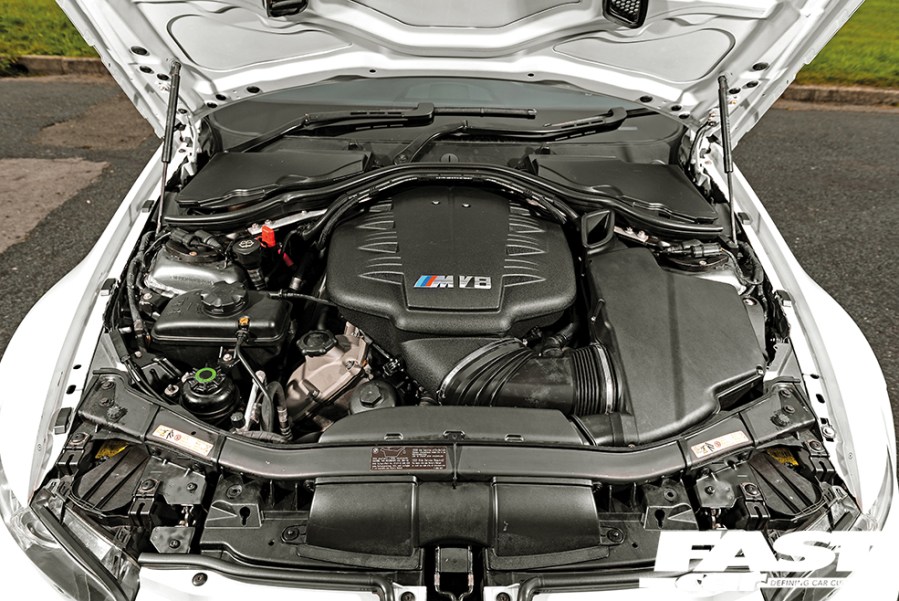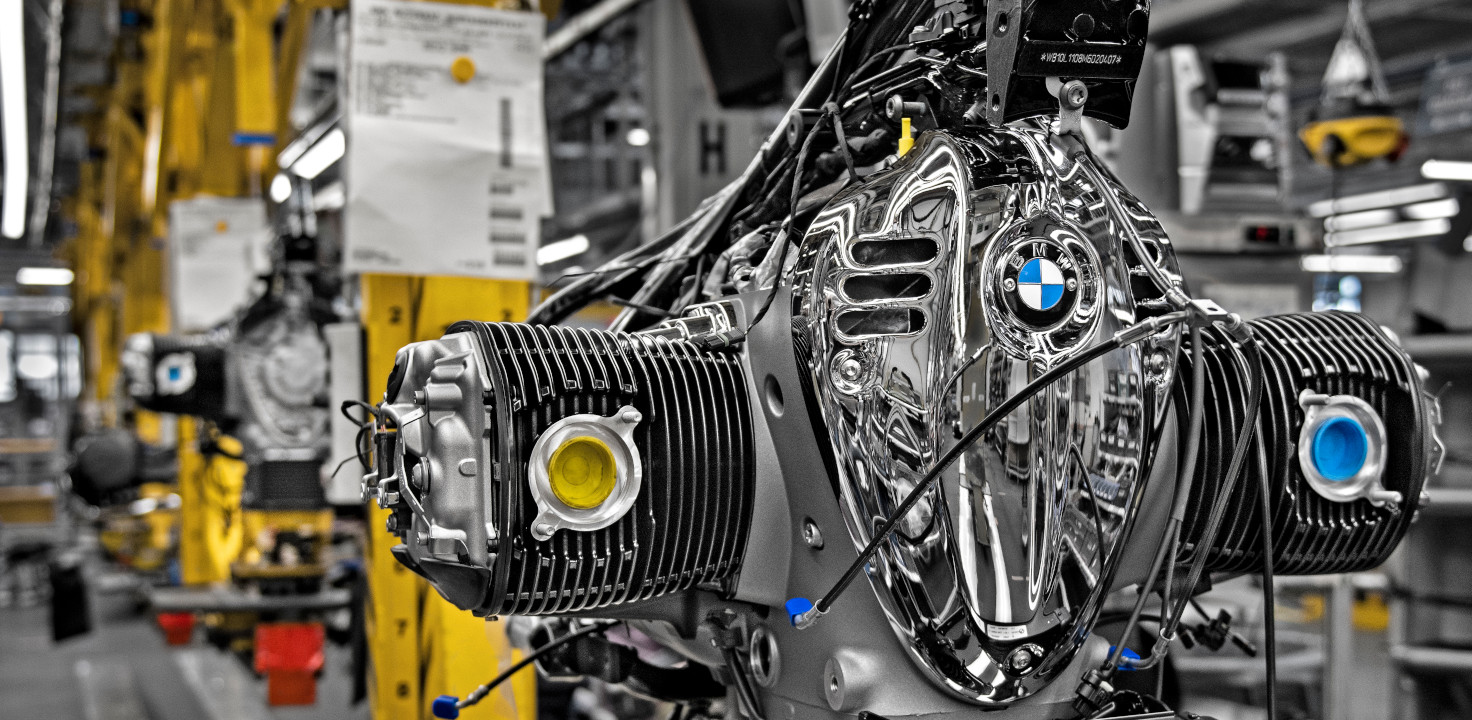Unveiling the Secrets Behind the Power of the BMW Engine
Unveiling the Secrets Behind the Power of the BMW Engine
Blog Article
Exploring the Evolution of Combustion Engines in Modern Transportation Systems
As we navigate the landscape of modern transportation, the evolution of combustion engines stands as a testament to human ingenuity and design expertise. From their modest starts to the innovative giants driving lorries today, burning engines have actually gone through an exceptional trip of advancement and adjustment. Comprehending the ins and outs of this development not just loses light on the past yet also leads the way for visualizing what lies ahead in the realm of transportation innovation. The interaction of background, modern technology, and ecological worries in shaping the trajectory of combustion engines produces a narrative that is both compelling and informative.
Very Early Beginnings of Combustion Engines
How did the principle of combustion engines first arise in the beginning of transportation growth? The roots of combustion engines can be mapped back to the 17th century when the principles of interior burning were first discovered. In 1673, Christian Huygens conceived a standard interior combustion engine that used gunpowder to produce power. It wasn't till the late 19th century that practical applications of combustion engines in transport began to emerge.
The breakthrough moment featured the innovation of the very first effective gasoline-powered engine by Karl Benz in 1885 - bmw engine. This engine led the way for the advancement of the contemporary auto, revolutionizing transportation systems worldwide. Succeeding innovations by Nikolaus Otto and Gottlieb Daimler even more fine-tuned burning engine modern technology, resulting in the automation of cars and the quick development of the transport industry
These very early burning engines were identified by their simpleness and performance, laying the structure for the complicated and effective engines utilized in contemporary transportation systems. The development of combustion engines has contributed fit the means we take a trip and transport items, noting a considerable turning point in the history of transportation growth.
Change to Internal Combustion Modern Technology
The change to interior combustion technology marked a crucial change in the development of transportation systems. This shift started in the late 19th century, with innovators like Nikolaus Otto and Gottlieb Daimler establishing the first effective interior combustion engines. These engines changed transport by providing a more reliable and powerful option to vapor engines and electrical motors.
One of the vital advantages of internal burning engines was their ability to be reduced to suit lorries, causing the development of bikes and vehicles. This change from large, fixed engines to small, mobile ones led the way for the modern-day transportation systems we see today.
The change to internal burning technology additionally spurred improvements in fuel innovation, resulting in the growth of gasoline and diesel as main fuel sources for lorries. This shift not just made transportation much more easily accessible to the masses but also laid the foundation for the oil and gas market to become important to international economic climates.
Influence of Combustion Engines on Transportation
The adoption of burning engines in transport systems catalyzed a profound change in the performance and speed of worldwide wheelchair. Burning engines transformed transportation by giving a functional and dependable source of power for different lorries, including vehicles, airplanes, trucks, and ships. web link This advancement dramatically boosted the capacity for goods and people to move over fars away in shorter amount of time, causing boosted connection in between areas and countries.
In addition, the prevalent use combustion engines has actually had a substantial effect on financial advancement. The capability to deliver items successfully has actually spurred trade and business, permitting organizations content to increase their markets and get to consumers worldwide. This has helped with economic development and globalization, as items can now be transferred faster and in bigger amounts than ever.
Nevertheless, the environmental impact of burning engines can not be forgotten. The burning of fossil fuels has brought about air contamination and greenhouse gas discharges, contributing to environment modification and presenting health threats to populaces. bmw engine. As a result, there is a growing focus on establishing alternative propulsion modern technologies to minimize these adverse impacts and create an extra sustainable future for transport
Advancements in Combustion Engine Design
One significant advancement is the growth of turbocharged engines, which make use of exhaust gases to drive a wind turbine that presses incoming air, allowing for more gas to be burned, resulting in raised power result without a substantial rise in engine size. Variable valve timing systems have additionally changed engine style by enhancing air flow at different engine speeds, boosting both power and performance. These technologies jointly contribute to the continuous improvement of combustion engines in modern-day transport systems.
Future Trends in Combustion Engine Growth
With modern technology developments driving continual innovation, the future of combustion engine growth is poised to change transportation systems internationally. One of the key patterns in burning engine development is the press towards higher performance and minimized exhausts.
One more noticeable pattern is the fostering of hybrid modern technologies in combustion engines. Crossbreed engines integrate traditional combustion modern technology with electric power, supplying enhanced gas efficiency and lower exhausts. As the automobile market changes in the direction of electrification, hybrid combustion engines are seen as a transitional option that links the gap between traditional lorries and fully electric ones.
In addition, the integration of wise modern technologies, such as synthetic knowledge and information analytics, is anticipated to play a considerable function in the future of burning engine growth. These modern technologies can optimize engine performance in real-time, resulting in much more effective burning procedures and boosted total lorry efficiency. Welcoming these future fads will certainly not just drive advancement in burning engine advancement yet additionally add to a much more sustainable and environmentally friendly transport environment.

Conclusion
In final thought, the advancement of burning engines in modern-day transport systems has actually explanation been noted by considerable improvements in modern technology and style. From the very early beginnings of combustion engines to the transition to internal combustion technology, these engines have actually had an extensive effect on transportation. Developments in combustion engine design remain to drive progression in this area, with future patterns focusing on further boosting performance and lowering discharges. The future of combustion engines in transportation looks encouraging as r & d efforts continue to press limits.
The roots of burning engines can be traced back to the 17th century when the concepts of interior combustion were very first explored. These engines revolutionized transport by providing an extra effective and effective choice to heavy steam engines and electrical motors.

Report this page